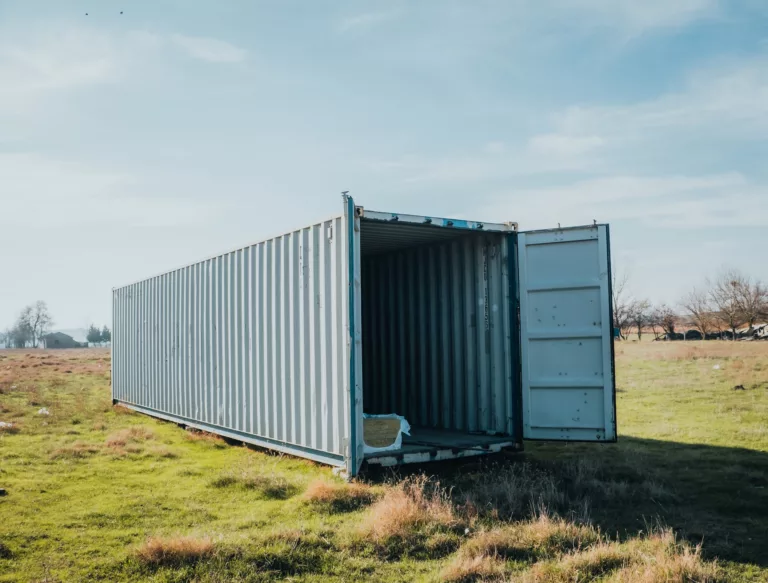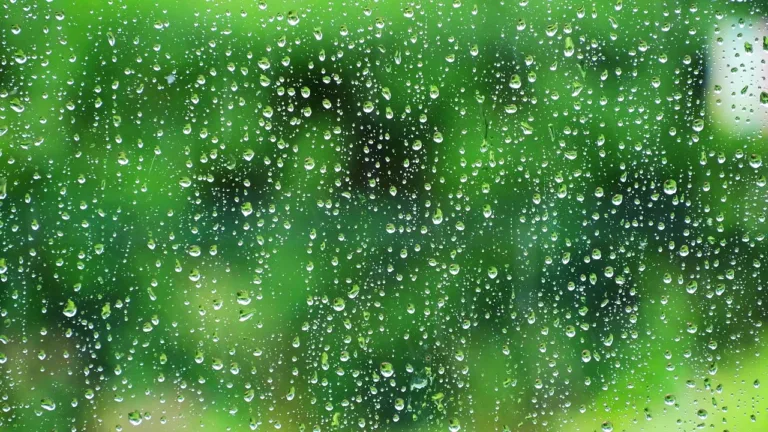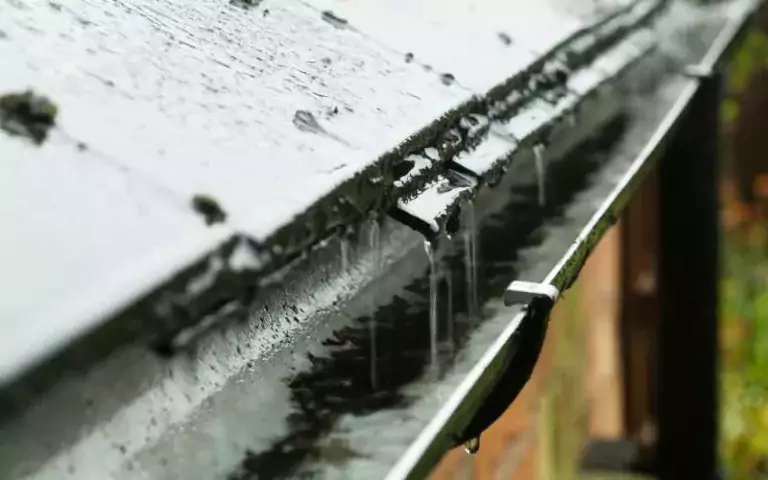Rainwater Harvesting Calculators: Estimating Your Water Needs and Savings
Just a heads up, this post contains some affiliate links. That means that we earn a small commission if you buy the product at no extra cost to you. That allows us to continue to research and share interesting articles with you. :)

Our garden and allotment thrive on the water we collect and preserve throughout the year.
In the face of climate change and increasing water scarcity, water conservation is becoming increasingly crucial. We can lessen our dependence on municipal water, save money on water bills, and help protect valuable resources by installing rainwater harvesting systems.
To make educated choices about the type and size of rainwater harvesting system we require, it’s important to know how much water we need and how much we can conserve.
A rainwater harvesting calculator can help with this. It’s a simple but useful tool that can help you predict your water needs and savings based on your individual situation.
In this post, we’ll look into rainwater harvesting calculators in greater detail, how they function, how to use them successfully, and we’ll give you a very simple free calculator to use.
Rainwater Harvesting Systems: What Are They?
Rainwater harvesting is the activity of collecting and storing rainwater for future use. The collected water can be utilised for a variety of activities, including irrigation, laundry, toilet flushing, and, with proper purification, drinking.
Rainwater harvesting can be done on a small scale, such as collecting rainwater from a house’s roof or a garden shed, or on a big one, such as constructing a dam to store rainwater from a wide catchment area.
Before usage, the collected water is normally filtered and treated to remove any impurities.
A Rainwater Harvesting System’s Advantages
It provides an alternate source of water, reducing our dependence on municipal water, which is becoming increasingly expensive and scarce in many areas.
- It can help to improve soil quality by providing a regular source of water for plants.
- By decreasing the need for energy-intensive water treatment and distribution systems, rainwater harvesting is environmentally benign and can lower our carbon footprint.
Now that we’ve reviewed the fundamentals of rainwater harvesting, let’s look at how a rainwater harvesting calculator may assist you in estimating your water demands and savings.
The Different Types of Rainwater Harvesting Calculators
There are many different types of rainwater harvesting calculators, from simple web calculators to complicated software systems. What kind of calculator you use depends on your specific needs and how big your rainwater collection system is.
Online rainwater harvesting calculators are the most basic and are usually free. You have to put in basic information, like the size of your roof and how much rain falls in your area, so they can figure out how much water you use and how much you can save.

Whether you’re just getting started with rainwater harvesting or have a tiny system, online calculators are a fantastic alternative.
Apps and software are more advanced types of rainwater harvesting calculators that can give you more accurate estimates of how much water you will need and how much money you will save. They can consider things like the size of your storage tank, the effectiveness of your collection surface, and your specific water use habits.
Apps and software are often used by experts in the field because they work well for larger rainwater harvesting systems.
It is critical to choose a rainwater harvesting calculator that is precise and reliable. Search for calculators that have been tested and confirmed by respected organisations, as well as those that have received positive customer feedback.
Choose a calculator that is simple to use and provides clear instructions on how to input data and interpret results.
Using A Calculator for Rainwater Harvesting
It is simple and quick to use a rainwater harvesting calculator. Here are the fundamental steps:
- Step One: Choose a rainwater harvesting calculator that is appropriate for your needs and compatible with your system.
- Step Two: Collect the relevant information, such as the size of your roof, the amount of rainfall in your area, and your water usage patterns. This information can be obtained from your water bills or by measuring rainfall with a rain gauge.
- Step three: Enter the data into the calculator according to the instructions. To obtain the most accurate estimate, enter correct and up-to-date information.
- Step Four: Interpret the results of the calculator, which should include estimates of your water needs, savings, and the size of the storage tank you require.
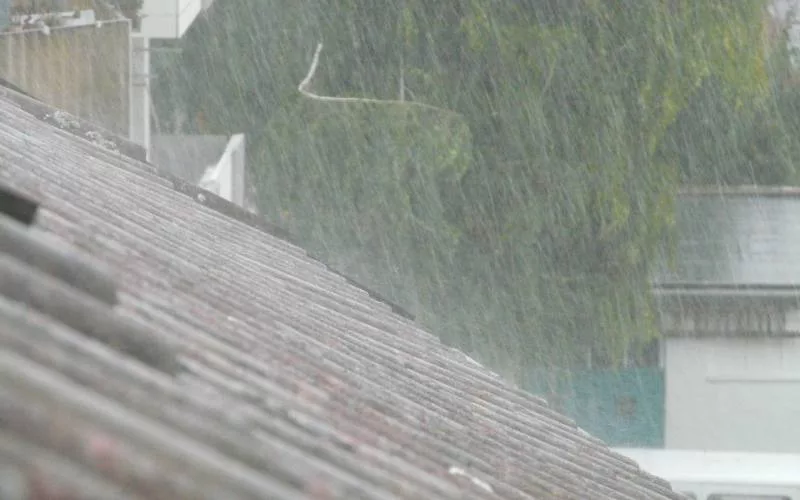
Make informed choices about the kind and size of your rainwater harvesting system using the information provided. It is critical to have correct and up-to-date information when using a rainwater harvesting calculator. Here’s what you need to collect:
- In square metres or feet, the size of your roof or catchment area.
- The annual rainfall in your area is measured in millimetres or inches.
- The amount of water you consume for various tasks, such as laundry, toilet flushing, and so on.
- The efficiency of your collecting system, which can be influenced by elements such as the pitch and material of your roof, as well as the size and type of gutters and downspouts.
You may get a more accurate estimate of your water needs and savings by compiling this information and entering it into a rainwater harvesting calculator.
You can also use the calculator to test various scenarios, like expanding your storage capacity or changing your water usage patterns, to see how they affect your savings.
Rainwater Harvesting Calculation: Things to Consider
A computation for rainwater harvesting can be inaccurate for a number of reasons. The following are the most critical variables to consider:
Climate and Rainfall Patterns
The most important component in establishing your rainwater harvesting capacity is the amount of rainfall in your location. The average yearly rainfall in your area, as well as the timing and severity of rainfall events, can vary greatly depending on the climate and terrain of the area.
To acquire the most accurate estimate, gather accurate and up-to-date rainfall data to enter into your calculator.
Pitch and Roof Area
The size and pitch of your roof or catchment area can determine how much water you can collect. A larger roof surface and steeper pitch can collect more rainwater, but they can also increase system cost and complexity.
Furthermore, the type of your roof might affect the quality of the collected water, with some materials, such as asbestos or lead, being unsuitable for rainwater harvesting.
Area and Effectiveness of Collecting
Another important issue in determining the amount of water you can collect is the efficiency of your collection system.
Your system’s performance can be affected by things like the size and type of your gutters and downspouts, the amount of debris or obstacles, and the way your roof is oriented and how steep it is.
Cleaning gutters and removing debris on a regular basis can help to enhance efficiency and maximise your water collection potential.
Storage and Utilisation
The size of your storage tank and how you use water may change how you figure out how much rainwater you can collect.
A larger storage tank can hold more water, but it can also be more expensive and take up more room. It is very important to know exactly how much water you will use and to take into account things like seasonal changes and the possibility of drought or water restrictions.
Using a Rainwater Harvesting Calculator to Estimate Water Requirements
It’s important to remember that these numbers are based on average usage and may change depending on things like the size of your home, how efficient your appliances are, and how often you use water. By putting the right information into your rainwater harvesting calculator, you can get a more accurate estimate of how much water you need for different activities.
Calculating your water needs is a critical step in building a rainwater harvesting system that matches your needs. With a rainwater harvesting calculator, you can determine how much water your rainwater harvesting system can offer and estimate whether it is realistic for you to live off of rainwater alone.
Here are some pointers to help you accurately estimate your water requirements:
- Be particular about how you use water. For example, if you have a garden, calculate how much water you need to water your plants.
- Consider seasonal fluctuations in your water use. For example, you may use more water for irrigation in the summer than in the winter.
- Consider the possibility of drought or water restrictions in your area. This will influence your water requirements as well as the size of the storage tank required.
- Experiment with various situations, such as expanding your storage capacity or changing your water usage patterns, to discover how they affect your water demands and savings.
To find your location’s average yearly rainfall, you can use the Met Office’s website to get your closest weather station, or you can use this website for a more general answer. Feel free to use it to estimate your rainwater capture abilities.
The average UK person uses 152 litres of water per day, this is a monthly average of 22,873.3 litres per month. This is a table with some samples of estimated water requirements for various activities:
| Activity | Estimated Water Needed (In Litres) | Estimated Water Needed (in gallons) |
| Watering plants (per week) | 50-150 litres per square metre of garden | 13 to 40 gallons per square yard of garden |
| Flushing toilets (per flush) | 6-14 litres | 1.6-3.7 gallons |
| Washing machine (per load) | 50-100 litres | 13-26 gallons |
| Dishwasher (per load) | 20-30 litres | 5.3-7.9 gallons |
| Shower (per minute) | 6-10 litres | 1.6-2.6 gallons |
The Best Rainwater Harvesting System to Use
With so many different kinds and options, choosing the best rainwater collection system can be hard.
Above-Ground and Below-Ground Rainwater Harvesting Systems
There are two basic types of rainwater harvesting systems: above-ground and subsurface.
- Above-ground systems are often less expensive and easier to install, but they can be more visible and take up more room.
- Underground systems, on the other hand, cost more and need to be installed by a professional, but they are less obvious and can give you more space in your yard.
Storage Tanks
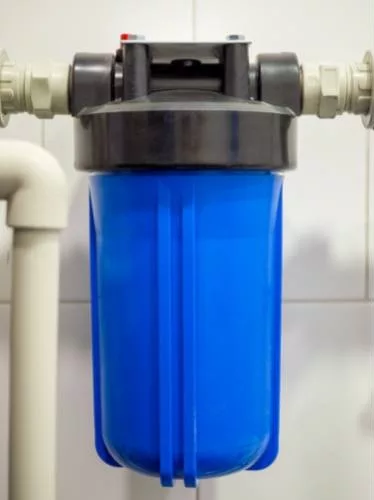
Your water needs and available space will determine the size and type of storage tank you select. Storage tanks can be made of a number of different materials and sizes, such as plastic, concrete, and steel.
It is important to choose a tank that will last a long time, is easy to keep up with, and can handle the weather in your area.
Collection Methods
The amount of water you can collect depends on the efficiency of your collection method. The size and type of gutters and downspouts, the amount of debris or obstructions, and the orientation and angle of your roof can all have an impact on the efficiency of your system.
Cleaning gutters and removing debris on a regular basis can help to enhance efficiency and maximise your water collection potential.
Filtration and Treatment
Rainwater collected from roofs may contain impurities such as pollen, debris, and bird droppings.
To guarantee that the collected water is safe and potable, it must be filtered and treated before use. Simple mesh filters to more complicated UV Sterilisation systems are examples of filtration and treatment systems.
There are lots of water filtration systems on the market. Reverse osmosis and UV sterilisation can be a great option for homeowners, but if you’re looking for a smaller system that requires less maintenance, the tabletop Berkey Water Filter is a great option and for a portable option try the Sawyer Mini water filter.
DIY Rainwater Harvesting Systems
Building your own rainwater harvesting system might be a terrific way to save money if you are handy.
Here are some do-it-yourself choices for creating a rainwater harvesting system:

Simple Barrel System
The most basic DIY rainwater harvesting system involves collecting and storing rainwater in one or more barrels. This system is simple to set up and requires little plumbing.
Pre-made rain barrels or standard water butts like this one are great options. If you prefer a more DIY option, food-grade barrels can be repurposed. However, this system may not be ideal for bigger homes due to its low storage capacity.
PVC Pipe System
Another do-it-yourself alternative is to connect your gutters to a storage tank using PVC pipes and fittings. This system can be tailored to your specific requirements and available space. You may either buy all the parts from a local hardware store or order them online from Rain Harvesting Supplies.
You can also install a filtration and treatment system to ensure that the collected water is safe for use. This method, however, necessitates more extensive plumbing expertise and may be more expensive than a standard barrel system.
Rain Garden System
A rain garden is a beautiful and natural way to collect rainwater and stop stormwater runoff. A rain garden is a depression in the ground that has plants in it. It collects rainwater from your roof and cleans it.
This system can be tailored to your available space and landscape requirements. You can purchase all of the necessary components from a local nursery or garden centre, and this set of water-plants is a great place to start.
This method, on the other hand, requires a lot of gardening skills and might not work in all places or with all types of soil.
DIY Kits
You can buy DIY rainwater harvesting kits if you want something in between a simple barrel system and a more elaborate PVC pipe system. Most of the time, these kits come with everything you need, like a large water storage tank, pump, and filtration system, as well as full instructions on how to put it all together.
Final Thoughts

Rainwater collection is an important part of saving water, especially in places where there is drought or not enough water. We can lessen our dependence on municipal water sources and save money on our water bills by collecting and using rainwater. Rainwater harvesting can also help reduce stormwater runoff and erosion.
A rainwater harvesting calculator can help you estimate your water usage and potential savings. You can get a more precise estimate of your water demands and identify the most appropriate size and kind of rainwater harvesting system for your needs by adding accurate information about your climate, roof area, collection area, storage capacity, and usage.
Ultimately, rainwater harvesting is a simple and effective approach to preserving water and reducing your environmental impact. By choosing the correct rainwater harvesting system and using a rainwater harvesting calculator, you can make the most of this valuable resource and do your part to safeguard the earth.
So why not give it a shot? You might be astonished at how much water you can gather and how much money you can save.
Back To The Good Life is a participant in the Amazon Services LLC Associates Program, an affiliate advertising program designed to provide a means for sites to earn advertising fees by advertising and linking to Amazon.com. We also participate in other affiliate programs which compensate us for referring traffic.

